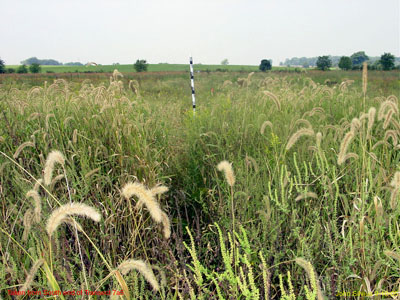
Figure 1. Tall Foxtail (Setaria faberii) with its drooping brown spikes; and, Common Ragweed (Ambrosia artimisiifolia) with its slender, erect, green flower spikes in response to disturbance in 2005.

Figure 2. Two views of a disturbed plot, Plot #7 in 2005 (left) and again in 2007 (right). This visual comparison is expressed quantitatively in Figure 3 (below) based on quadrat sampling data to make the two-year comparison.
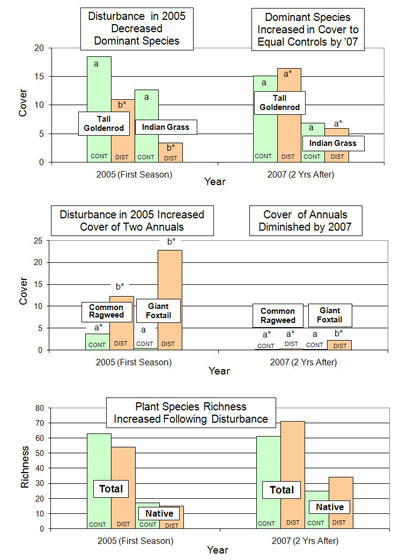
Figure 3. Top-- Soil disturbance decreased mean cover of tall goldenrod and Indian grass ( p < 0.001) until the 2007 growing season. Comparison of disturbed plots between 2005 and 2007 revealed a significant increase in mean cover of both tall goldenrod ( p < 0.001) and Indian grass ( p = 0.013) (Means within species and treatment differ significantly between years if starred.). Middle-- Disturbance also caused a dramatic increase in cover of common ragweed and giant foxtail ( p < 0.001). By 2007, this increase was dissipated for common ragweed ( p = 0.10) but was still evident for giant foxtail ( p < 0.001). Bottom-- During this 2-year window of time, soil conditions were such that additional native prairie species were able to become established from earlier seeding or from those sown in 2005. (Paired means differed significantly if accompanied by a different letter.)
References:
Andreas, Barbara K., John J. Mack, and James S. McCormac. 2004. Floristic Quality Assessment Index (FQAI) for Vascular Plants and Mosses for the State of Ohio. Ohio Environmental Protection Agency, Division of Surface Water, Wetland Ecology Group, Columbus, Ohio. 219 p
Joswig, A.A., L.L. Sposato, J.C. Stephens, M.A. Waters, and J.E. Silvius. 2006. Enhancement of Plant Biodiversity During the Early Stages of a Prairie Restoration Effort. Poster Presentation, 61st Annual Meeting of the American Scientific Affiliation, Calvin College, Grand Rapids, MI.
Silvius, J.E., Zehring, J.R., and T.A. Lawler. 2008. Use of Soil Disturbance and Reseeding to Increase
Prairie Plant Species Richness in a Post-Agricultural Field in Southwest Ohio. Poster Presentation, 21st
North American Prairie Conference. Winona State University, Winona, MN.
Prairie Restoration Project - Cedarville University
Summer, 2007 (2nd Yr.) Response to Soil Disturbance
Did native plant species richness increase?
Recap Since 2005:
Recall that our objective was to decrease the relative cover of the dominant species, particularly Indian Grass and Tall Goldenrod in order to increase both space and resources so that native prairie species would be able to become established. After the first growing season following the soil disturbance and reseeding in summer, 2005, we did observe that disturbance decreased the dominant species, particularly Indian Grass and Tall Goldenrod. However, we also found that the most obvious response to increased soil space and resources was on the part of the annual weed species (Figure 1). Of immediate concern is whether our treatment in 2005 would simply result in a "field of weedy annuals" or would the "window of opportunity" afforded by the disturbance favor establishment of native prairie species. The slight increase in per sample native plant species richness observed in 2005 gave us hope that a favorable trend was possible. Hence, our plan was to re-sample the praire restoration community in 2007 to measure trends in native prairie species rechness.
Summary of Results - 2007 (See Details in Figures 2 and 3 and legends):
By 2007, the dominant perennial species had regained cover comparable to “control” levels while the two annual species had diminished by 44%. Meanwhile, percent cover of prairie forbs had increased in “disturbed” plots from 3.5% to 11.5% with little increase in “controls.” Native species richness increased in “controls” (17 to 25) and more than doubled in “disturbed” plots (15 to 34) suggesting that our disturbance/re-seeding treatment had acted over and above the effects of elapsed time at this early phase of restoration.
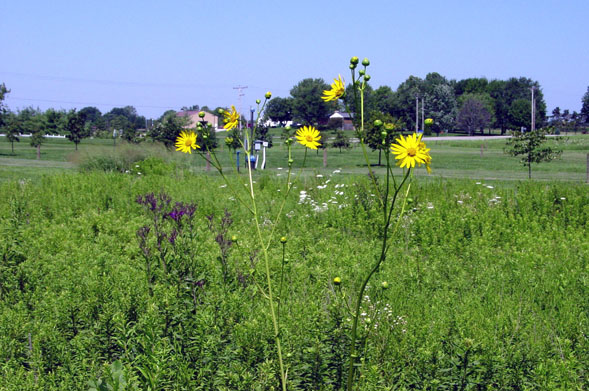
Figure 4. Prairie dock, Silphium terebinthinaceum, a native prairie species, growing here in the Cedarville University Prairie Restoration, and also in prairie remnants in nearby Madison county from which the seeds for this plant were obtained. Prairie Dock is a rated as a very conservative species* in Ohio.
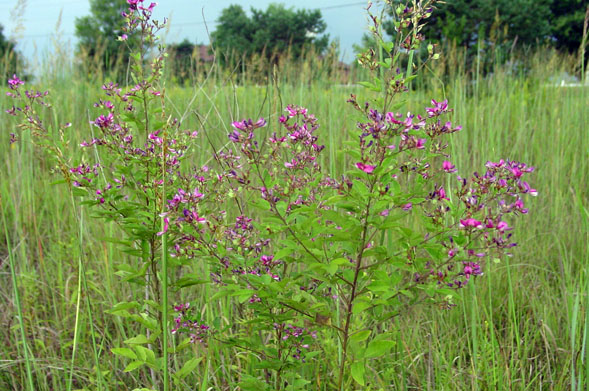
Figure 5. Canada Tick Trefoil, Desmodium canadense, a native prairie legume species which has increased in population in response to the disburbance treatment.
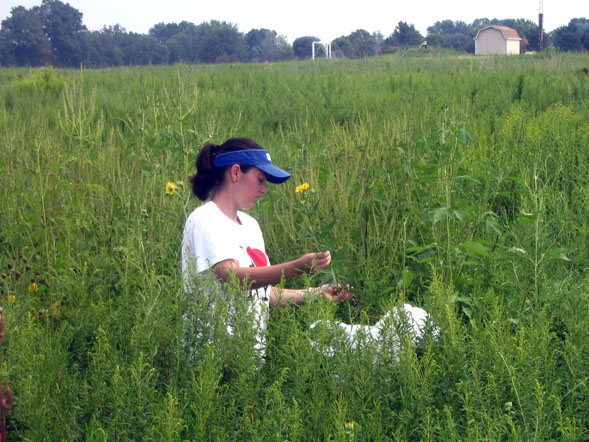
Figure 6. Tara Lawlor, Cedarville University research student examines a Sawtooth Sunflower, Helianthus grosseserratus, a native prairie composite which has increased in population in response to the disburbance treatment.
*Conservative Species - are species that have been consistently associated with high quality habitats as reflected in the Floristic Quality Index score assigned to the species. See Andreas, B.K. et al. 2004.